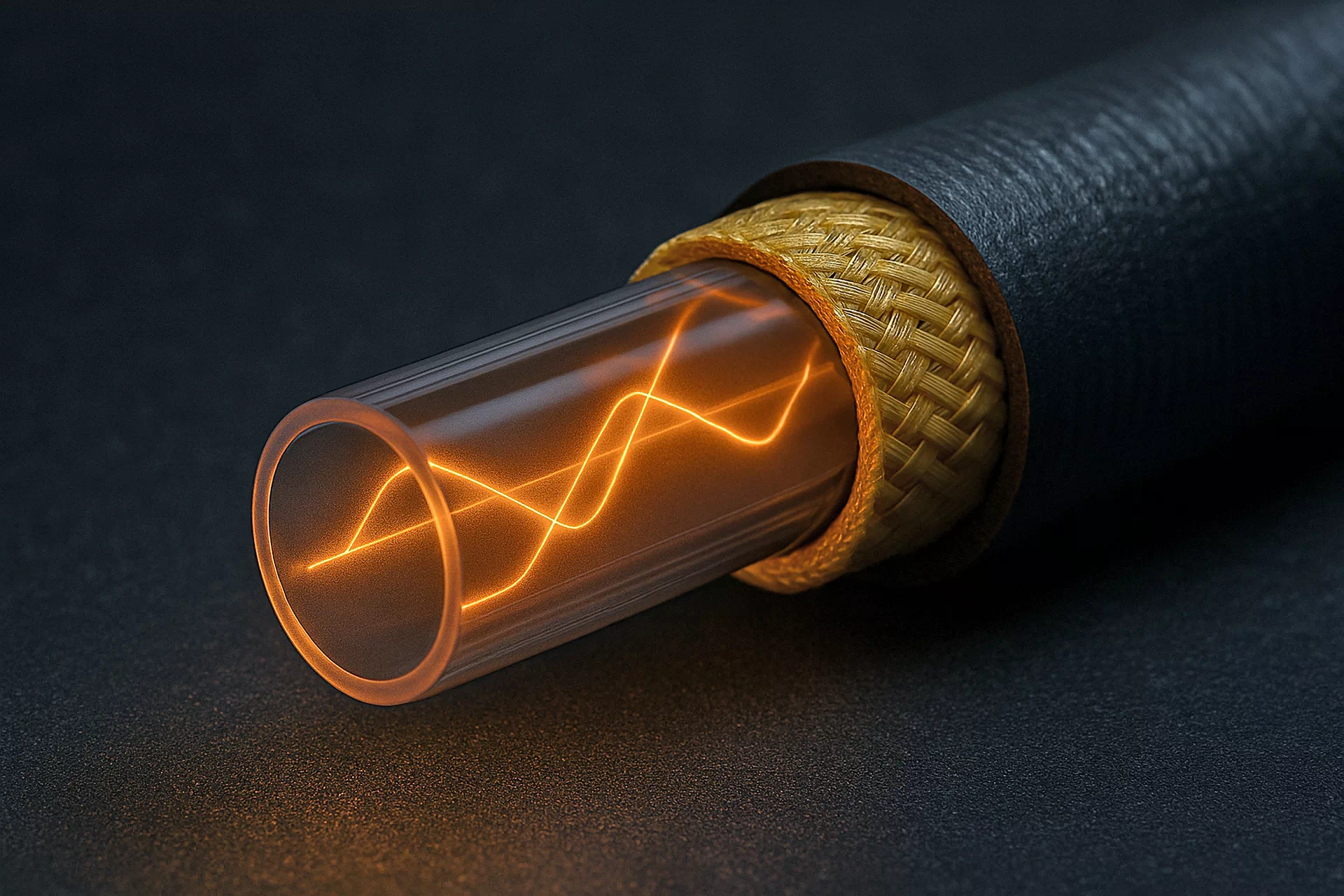Fiber Optics: The Backbone of Modern Connectivity
In today’s digitally driven world, fiber optic technology stands at the heart of reliable, high-speed communication. Using strands of ultra-thin glass or plastic to transmit data as pulses of light..

In today’s digitally driven world, fiber optic technology stands at the heart of reliable, high-speed communication. Using strands of ultra-thin glass or plastic to transmit data as pulses of light, fiber optics enable information to travel at nearly the speed of light—delivering unmatched performance in bandwidth, speed, and reliability.
1. Why Fiber Optics matters
Unlike traditional copper cables, fiber optic cables are immune to electromagnetic interference and data loss over long distances. This makes them ideal for a range of applications, including:
- Internet infrastructure (FTTH/FTTB)
- Data centers and cloud connectivity
- Smart cities and IoT integration
- Telecommunication backbones
- Industrial automation and AI systems
2. Benefits of Fiber Optic networks
✅ Gigabit Speeds – Supports real-time video, cloud computing, and large-scale data transfer without lag.
✅ Long Distance Transmission – Maintains signal strength over kilometers with minimal loss.
✅ Durability & Security – Less susceptible to tampering, crosstalk, or harsh environmental factors.
✅ Scalability – Supports growing demand for data-intensive services in both residential and commercial sectors.
3. The future is Fiber
As global demand for faster, more secure, and energy-efficient networks continues to rise, fiber optics is no longer a luxury—it’s a necessity. Whether empowering next-generation industries or connecting underserved communities, fiber is laying the groundwork for a smarter, faster, and more connected world.
Share:













